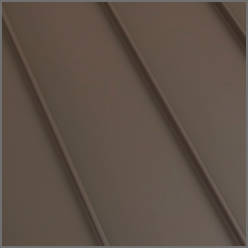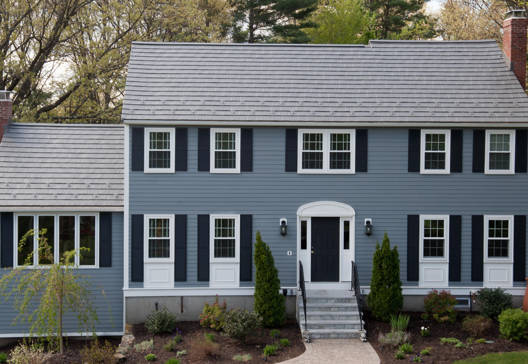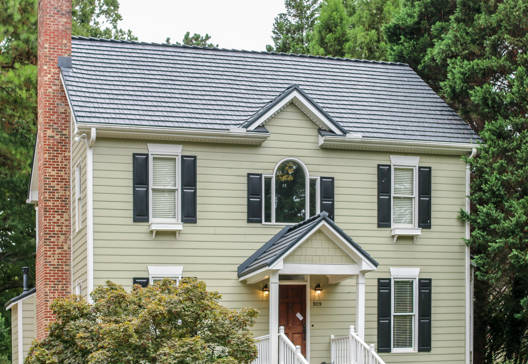April 26, 2019 | Filed under: Buying a New Roof,Metal Roofing,Research
Here’s a new series based on 10 critical things that most roofing contractors often don’t know about metal roofing….but we do.
There are 10 considerations particular to metal roofing that most roofing contractors are not aware of. Here, begin explanations of 2 of those 10 critical considerations: Metals and Finishes. These 2 considerations are perhaps the most visible when done poorly or well, and indeed, have an impact on the beauty and curb appeal of your home.
2 Critical Things Most Contractors Don’t Know About Metal Roofing
1. Metals
There are different grades and types of metals used in metal roofing, and they will have different performance expectations. Which metal is chosen can dramatically impact how the roof performs in terms of durability, energy efficiency, and other things. What type of metal will perform best on your home? What grade, what gauge, what strength? How will different metals age? Todd Miller, President of Classic Metal Roofing Systems, answers those questions here.
2. Finishes
The first defense that a metal roof has against the elements is its outer most coating. Such coatings are typically applied to the metal and baked on while the metal is still in coil form. While metals like copper and zinc are usually used in their “mill finish” states, with steel and aluminum products, the following coatings are common:
- Clear Acrylic Coating
- Polyester Coatings
- PVDF Coatings
- Aggregate Coatings
Explore Todd’s article to learn more about each of these finishes.
Do you have questions about what type of metal and finishes are best for your home or building project? We’re right here, and ready to help you find the best answers.
Rest assured that, when you purchase a Classic Metal Roofing System from us, all of the above critical things related to metals and finishes have already been taken into consideration to deliver you the best possible roof that meets your requirements for durability, beauty, energy performance and minimizing the ongoing operational costs of your home.












